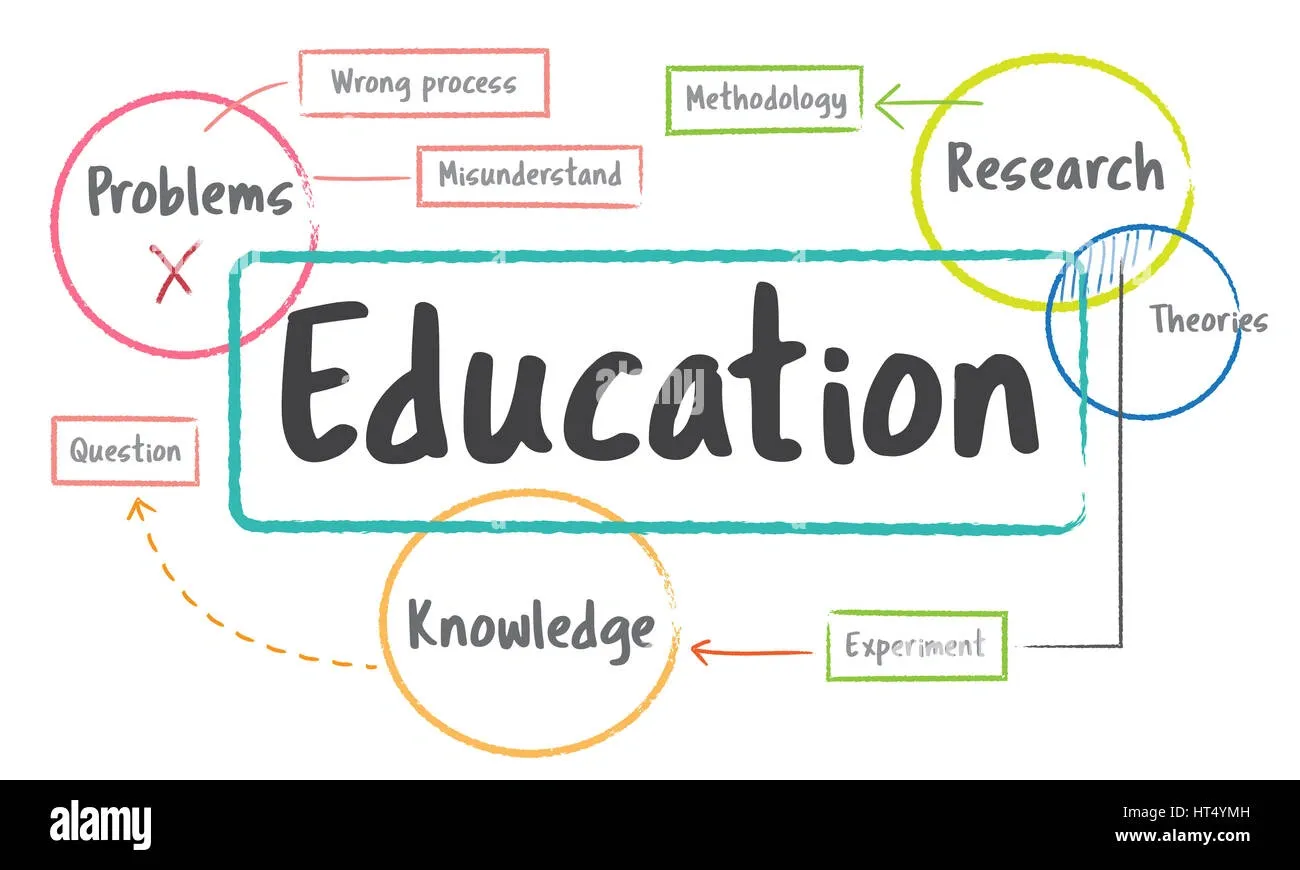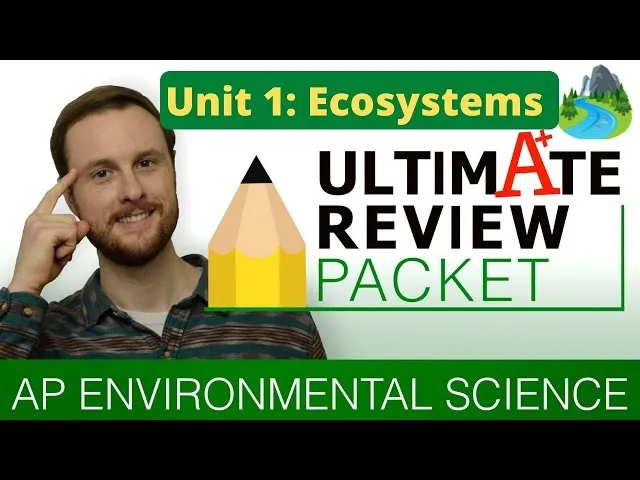How to Master Environmental Science: A Student’s Step-by-Step Guide to Exam Success
Environmental scientist jobs will grow 6% from 2022 to 2032, outpacing most other careers by a lot. Environmental science stands as one of the fastest expanding and vital fields today.
What is environmental science? Our world has 8 billion people, and environmental science knowledge matters more than ever. The field keeps growing strong with 24% more degrees completed since 2016. About 80,500 positions exist in government agencies, consulting firms, and the private sector. Students often find the subject challenging, especially when they have AP Environmental Science courses. Only 53.8% of test-takers scored 3 or higher in 2022.
This piece offers practical strategies to help you excel in environmental science. You might be working toward your degree, getting ready for the AP Environmental Science exam, or wanting to learn more about climate change solutions and environmental biotechnology. Proven study methods like spaced repetition and active recall will help you direct your way through this content-rich field.
Want to revolutionize your environmental science understanding and excel in your exams? Let’s explore!
What is Environmental Science and Why it Matters

Our natural world faces unprecedented environmental challenges that demand immediate attention. The world’s population now stands at over 8 billion people, creating complex problems that endanger both nature and humanity. Scientists have identified several critical tipping points with potentially devastating effects. These include melting permafrost, rapid deterioration of Greenland’s ice sheet, and ongoing destruction of the Amazon rainforest. The situation became more alarming when 2024 recorded the highest temperatures in history, reaching 1.60°C above pre-industrial levels.
The rise of environmental challenges
Environmental science plays a crucial role as these crises escalate. Human consumption and global trade have grown dramatically in the last 50 years. People now use more resources than Earth can naturally restore. This massive consumption has led to a shocking decline in wildlife populations. Mammals, fish, birds, reptiles and amphibians have seen their numbers drop by 68% between 1970 and 2016. Scientists now believe we’re experiencing the sixth mass extinction. More than 500 land animal species could vanish within the next 20 years.
Career opportunities with an environmental science degree
The environmental crisis has opened up many career paths. Environmental scientists now earn around $80,060 annually according to the US Bureau of Labor Statistics. The field should grow by 7% from 2023-2033, which outpaces most other professions. Graduates can choose from several well-paying careers. Environmental engineering offers a median salary of $104,170, while conservation science pays $69,060. Geoscience professionals earn about $99,240, and wildlife biologists make $72,860 on average.
What is AP Environmental Science and why it’s important
AP Environmental Science gives students tools to address these global challenges. Students learn about population dynamics, Earth’s natural systems, and how humans affect ecosystems. The course covers essential topics like energy sources, pollution, and climate change. Students develop critical thinking skills along the way. The program does more than prepare students for college-level work. It creates informed citizens who can tackle some of Earth’s most pressing problems. Students gain a solid foundation in environmental principles that helps them build a more eco-friendly future.
Common Struggles Students Face
Students face several unique challenges when they try to become skilled at environmental science during their academic trip. These roadblocks can affect their academic performance and might seem overwhelming without the right guidance.
Interdisciplinary complexity of the subject
Environmental science is different from other scientific fields because of its interdisciplinary nature. It combines elements from biology, chemistry, physics, meteorology, geology, and social sciences into one field of study. The epistemological differences between disciplines often create incompatibilities in methods and approaches, even when goals align. Students must grasp scientific theories and understand how applied environmental science affects human health and our relationship with the environment.
Difficulty with data analysis and modeling
Many environmental science students struggle with data analysis. The leading analytical techniques require technical expertise and can be hard to grasp. These challenges come from:
- Data sources and types that are heterogeneous, where variety and veracity matter most
- The need for strong analytical skills to interpret scientific data analysis results accurately
- The ability to monitor environmental health, conduct research, and develop solutions in industries of all types
Challenges in scientific writing and communication
Scientific communication remains a tough obstacle to overcome. A sentiment analysis shows that 68% of trainees had negative feelings about scientific writing. They described it as “challenging,” “difficult,” and “tedious”. Students reported getting distracted easily (25%), having trouble starting writing projects (19%), and letting perfectionism slow their progress (19%). Young researchers often struggle with simple writing skills, which can delay publishing important climate change solutions and environmental biotechnology findings. This creates a gap between simple science and practical management applications.
Step-by-Step Guide to Mastering the Subject

Image Source: Alamy
A strategic approach leads to success in environmental science. You can excel in your studies and overcome the subject’s complexity by using the right methods.
1. Understand the core topics and curriculum
Your environmental science curriculum’s structure needs careful review. The AP Environmental Science framework, to cite an instance, hosts nine units with varying exam weightages. High-value areas like global change (15-20% of the exam) and Earth systems and resources (10-15%) need your attention. The seven science practices require mastery, especially when you have concept explanation and environmental solutions that make up the highest exam percentages.
2. Build strong foundational knowledge in biology, chemistry, and earth science
Multiple disciplines shape environmental science. A solid foundation in biology, chemistry, and earth science becomes essential. Basic concepts like biogeochemical cycles, element flows, and population dynamics need thorough understanding. Life consists of matter made from elements: carbon, hydrogen, nitrogen, oxygen, and phosphorus form the basics. These elements’ interaction within ecosystems becomes the next learning step.
3. Practice with real-life case studies and environmental data
Ground case studies boost your theoretical concept understanding significantly. The EPA’s fourteen detailed case studies show how assessors determine biological impairments’ causes. Master environmental science with expert tutoring. Our tutors explain climate solutions and biotechnology clearly at your pace. Environmental data analysis develops critical skills you need to tackle real environmental challenges.
4. Use visual tools and simulations for complex processes
Abstract environmental concepts become clear through visual tools. Maps, 3D models, and interactive simulations help you grasp complex environmental processes. New interactive visualizations contribute to environmental modeling and complex process understanding.
5. Seek help through tutoring or study groups
Students attending study sessions earn higher course grades, maintain better GPAs, and stay in college longer. One-on-one tutoring offers customized learning that focuses on your challenging topics.
Preparing for Exams and Beyond

Image Source: YouTube
Getting ready for environmental science exams needs specific strategies that work well with this multidisciplinary field. These approaches will help you succeed in your studies and future career.
Effective strategies for multiple-choice and FRQs
The AP Environmental Science exam has 80 multiple-choice questions and 3 free-response questions (FRQs). Students should practice their skills with graphs, tables, and models that show up often in multiple-choice questions. FRQs need these key steps:
- Label each part clearly (Ai, Aii, etc.)
- Show all mathematical work with formulas and units
- Skip vague terms like “good for the environment”
Using flashcards and spaced repetition
Spaced repetition flashcards help you study better by focusing more on tough topics and less on material you already know well. Master environmental science with expert tutoring. Our tutors explain climate solutions and biotechnology clearly at your pace. Students who use spaced repetition feel more confident about their course material.
Climate change solutions as case study practice
Case studies show how theoretical concepts work in practice. The Intergovernmental Panel on Climate Change findings demonstrate scientists’ methods to predict climate patterns. Many ecosystem-based adaptation projects show environmental science principles at work in real-life situations.
Learning about environmental biotechnology for deeper understanding
Environmental biotechnology uses microorganisms to create cleaner production methods and tackle pollution. This field has wastewater treatment, soil remediation, and biodegradation of organic waste.
Planning for careers or further studies in environmental science
Environmental science jobs will grow faster than average compared to other occupations. People with this degree can work in government or consulting firms. Advanced degrees give you better networking chances, higher pay, and options to specialize in environmental law, economics, policy, or research.
Conclusion
Environmental science tackles our planet’s most urgent challenges. This piece shows why the field matters more than ever. Job growth exceeds other sectors while environmental problems are systemic and reaching critical points.
Learning environmental science comes with its challenges. The mix of different disciplines, data analysis, and scientific communication can feel overwhelming at first. But with the right approach, these challenges become chances to learn more deeply.
A structured approach gives you a solid foundation to succeed. Core topics, basic knowledge, ground case studies, and visual tools will substantially help you become skilled at the subject.
Success in exams needs specific methods designed for environmental science tests. Methods for multiple-choice questions and FRQs paired with effective study techniques like spaced repetition will boost your results. On top of that, learning about climate change solutions and environmental biotechnology adds practical context to theory.
Your knowledge opens doors to meaningful careers that address global environmental challenges. You can work in government agencies, consulting firms, or pursue higher studies. Your expertise in environmental science will become more valuable over time.
Note that becoming skilled at environmental science is an ongoing experience. Everything you learn connects to broader environmental systems and solutions. The field is complex but offers exceptional ways to create real change in our world’s pressing problems. These strategies will help your understanding and influence grow rapidly.



